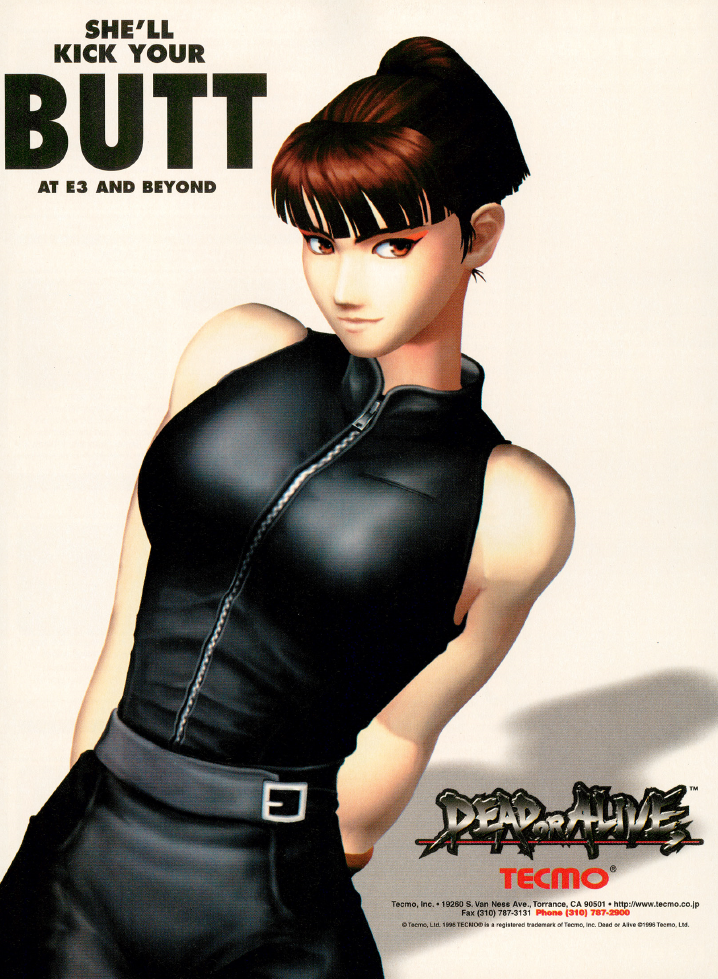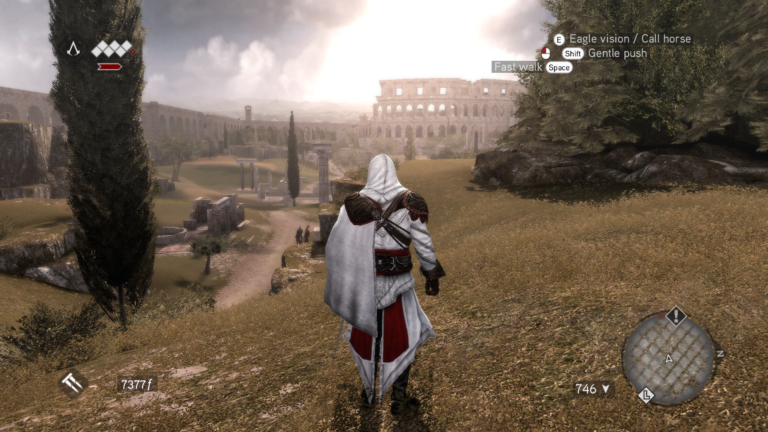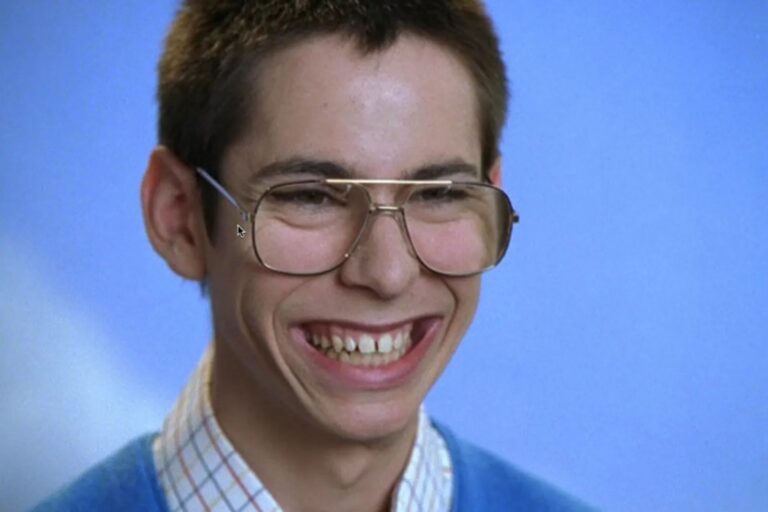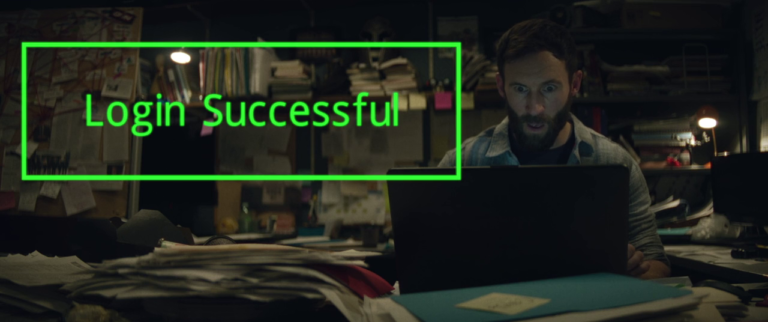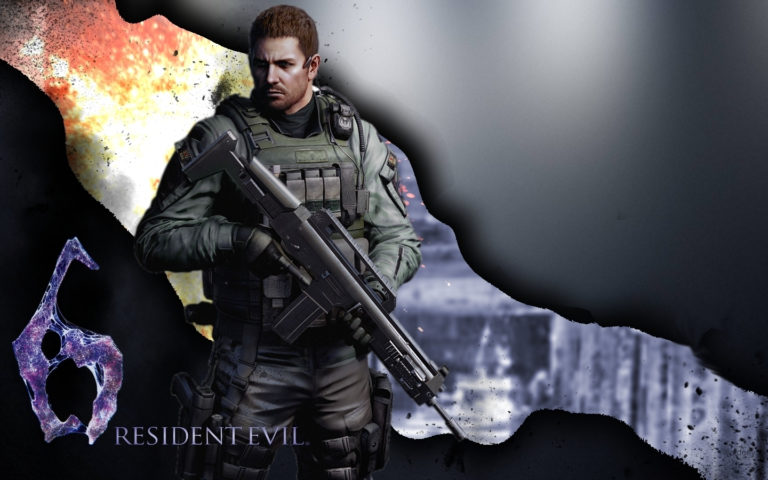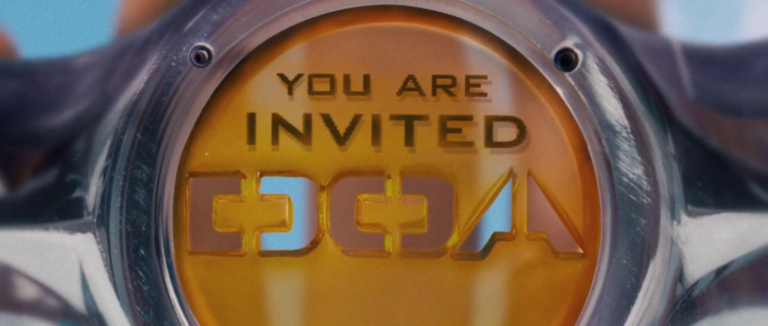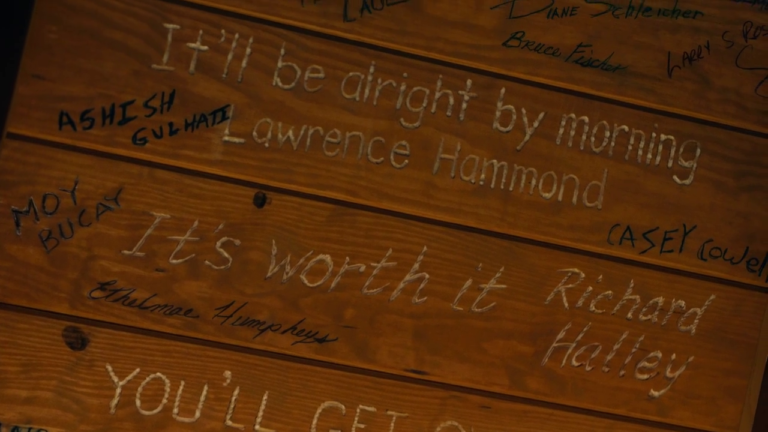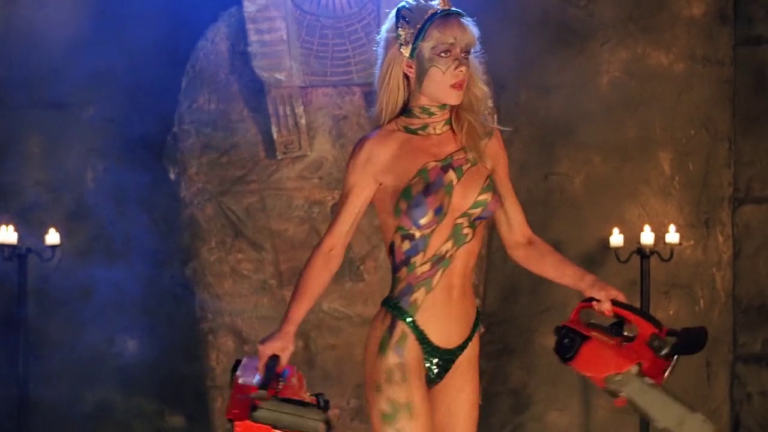While I was researching and writing my article about the PSM video game girl swimsuit issues, I...
Favourites
When I was a teen (back around 2005), I really got into video game magazines. EGM, Game...
Man, when I started this blog thirteen years ago, I never would have expected that I’d manage...
While writing my recent Love/Hate posts about the Halo franchise, I was stunned when I realized the...
Rounding out this new series of favourite and least favourite media, we have my list of the...
Back in the mid-2000s, I came across a somewhat-famous flowchart which purported to illustrate the hierarchy by...
Welcome back to the Left Behind retrospective! We have finally reached the most recent entry in the...
I played Resident Evil 2 Remake back in October and since then I’ve been making my way...
This review has been a long time coming. Like, to put it into perspective, I tend to start...
Happy Halloween everyone! This new series has been a long time coming. Since at least the Texas Chainsaw...
Welcome back to the Atlas Shrugged retrospective! Today we’ll be looking at the third and (mercifully) final...
Surprise! You didn’t think that I was totally chainsawed out, did you? While working through the Texas...
Welcome back to the God’s Not Dead retrospective! In today’s entry, we’re going to be looking at the...
I was listening to a podcast the other day and someone mentioned off-hand that there was a...
